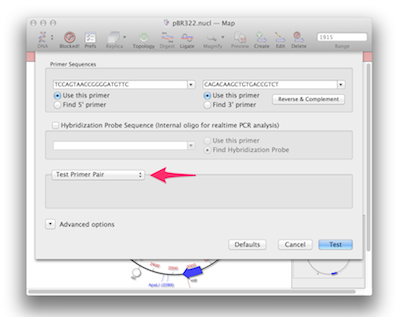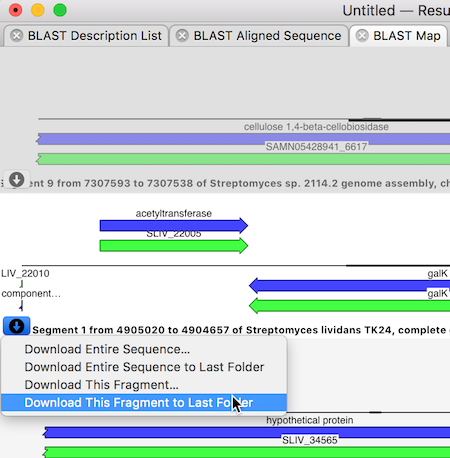

Overnight cultures were diluted 1:10 and allowed to grow for 1 h, shaking at 37 ☌. GST and GST fused to the N-terminal 110 amino acids of PKG Iβ were produced in DH5α E. His/Myc-tagged full-length TFII-I and His/Myc-tagged IRAG-(1–415) were expressed in BL21 Escherichia coli and purified using nickel column chromatography according to the manufacturer's protocol (Novagen). GST-tagged PKG Iβ-(1–110) (containing the first 110 amino acids unique to PKG Iβ), pCMVGST D-PKG Iβ (containing full-length PKG Iβ), pCMVGST D-PKG Iα (containing full-length PKG Iα), pRSET B-TFII-I-myc, and pCB6-TFII-I-myc have been described previously ( The PCR product was ligated into pPCR and subcloned into pGEX kgl using BamHI and NotI restriction enzymes. A TFII-I (R4) glutathione S-transferase (GST) fusion protein was constructed in pGEX kgl using the following PCR primers: 5′-AGGATCCTGGGCAATCGAATTAAATTTG-3′ (sense) and 5′-GCGGCCGCTAGGACTGCAAAGCTTTAGTG-3′ (antisense). Myc/His-tagged IRAG-(1–415) was constructed by first inserting the PCR product formed by the IR1/IR2 primer pair into BamHI/XhoI-digested pMyc D and then excising the Myc-IRAG fragment with NcoI/XbaI and inserting it into NcoI/HindIII-digested pRSET (Novagen) using XbaI/HindIII linkers. Full-length IRAG was inserted into pMyc D as a BamHI/NotI fragment in frame and downstream of the Myc epitope. Based on these results, we propose a model for specific PKG Iβ interaction with target proteins.ĭNA Constructs-The plasmid pMyc D was constructed by inserting the following Myc epitope tag linker into the HindIII/BamHI sites of pcDNA3 (Invitrogen): 5′-AGCTGCCACCATGGAACAAAAACTCATCTCAGAAGAGGATCTGGATG-3′ (sense) 5′-GATCCATCCAGATCCTCTTCTGAGATGAGTTTTTGTTCCAGTGTGGC-3′ (antisense). Mutation of specific basic residues in TFII-I or IRAG abolished binding of the full-length proteins to PKG Iβ in intact cells. Mutation of two negatively charged residues in the PKG Iβ leucine zipper (D26K/E31R) to positively charged residues, found in corresponding positions in PKG Iα, completely abrogated binding to TFII-I and IRAG without disrupting PKG dimerization. Small clusters of basic amino acids in possible α-helical regions in TFII-I and IRAG were found to mediate their interaction with PKG Iβ. Using a combination of site-directed mutagenesis and in vitro binding assays, we identified a group of acidic amino acids in the N-terminal leucine zipper dimerization domain of PKG Iβ required for its binding to both TFII-I and IRAG. PKG Iβ, but not Iα, binds to the general transcriptional regulator TFII-I and the inositol 1,4,5-trisphosphate receptor-associated PKG substrate IRAG. Two splice variants of type I cGMP-dependent protein kinase (PKG Iα and Iβ) differ only in their N-terminal ∼100 amino acids, which mediate binding to different target proteins.
2x.png)

Protein-protein interactions have emerged as an important mechanism providing for specificity in cellular signal transduction. Glycobiology and Extracellular Matrices.


 0 kommentar(er)
0 kommentar(er)
